Antarctica’s Blood Red Waterfall
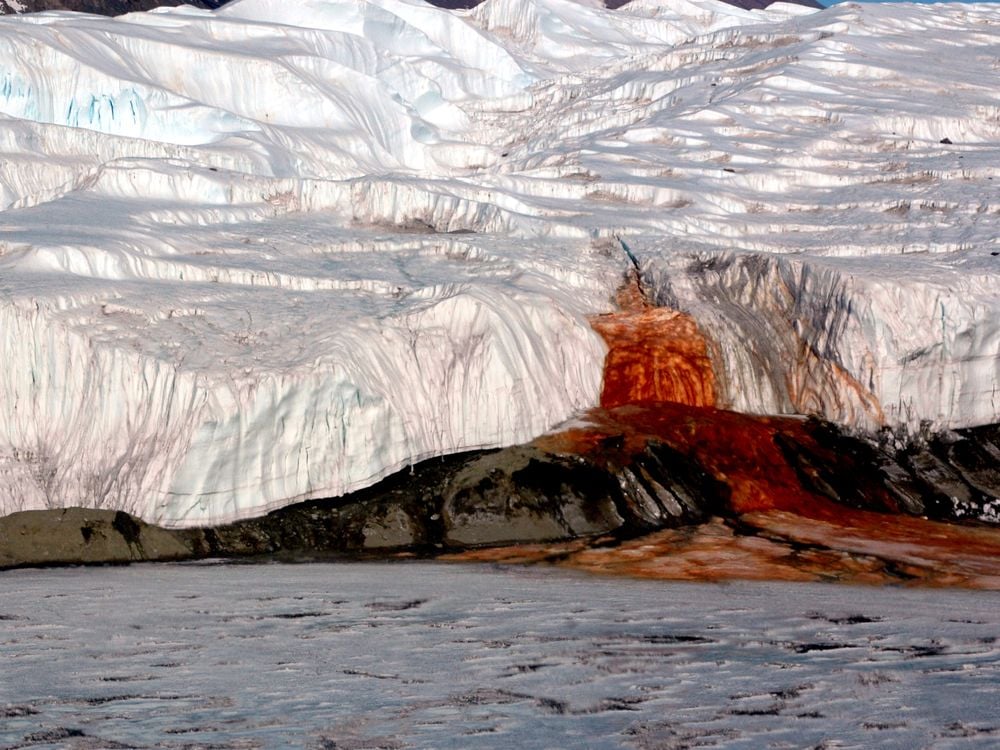
One of the world’s most extreme deserts might be the last place one would expect to find a waterfall, but in Antarctica’s McMurdo Dry Valley, a five-story fall pours slowly out of the Taylor Glacier into Lake Bonney. And it’s not just the idea of a waterfall in the frozen world of Antarctica that is strange: the waterfall is bright red, like blood running from a cut in the glacier.

If you’re squeamish, don’t worry—it’s not blood that lends Blood Falls its unique crimson hue. Five million years ago, sea levels rose, flooding East Antarctica and forming a salty lake. Millions of years later, glaciers formed on top of the lake, cutting it off from the rest of the continent—meaning that the water in Blood Falls is something of an aqueous time capsule, preserved 400 meters underground. As the glaciers on top of the lake began to freeze, the water below became even saltier. Today, the salt content of the subglacial lake under Blood Falls is three times saltier than seawater and too salty to freeze. The subglacial lake that feeds Blood Falls is trapped beneath a quarter mile of ice.
But in addition to being cut off from the rest of the continent, the water that feeds Blood Falls is completely cut off from the atmosphere—it has never seen sunlight and is completely devoid of oxygen. It’s also extremely rich in iron, which was churned into the water by glaciers scraping the bedrock below the lake. When water from the subglacial lake seeps through a fissure in the glacier, the salty water cascades down the Taylor Glacier into Lake Bonney below. When the iron-rich water comes into contact with the air, it rusts—depositing blood red stains on the ice as it falls.
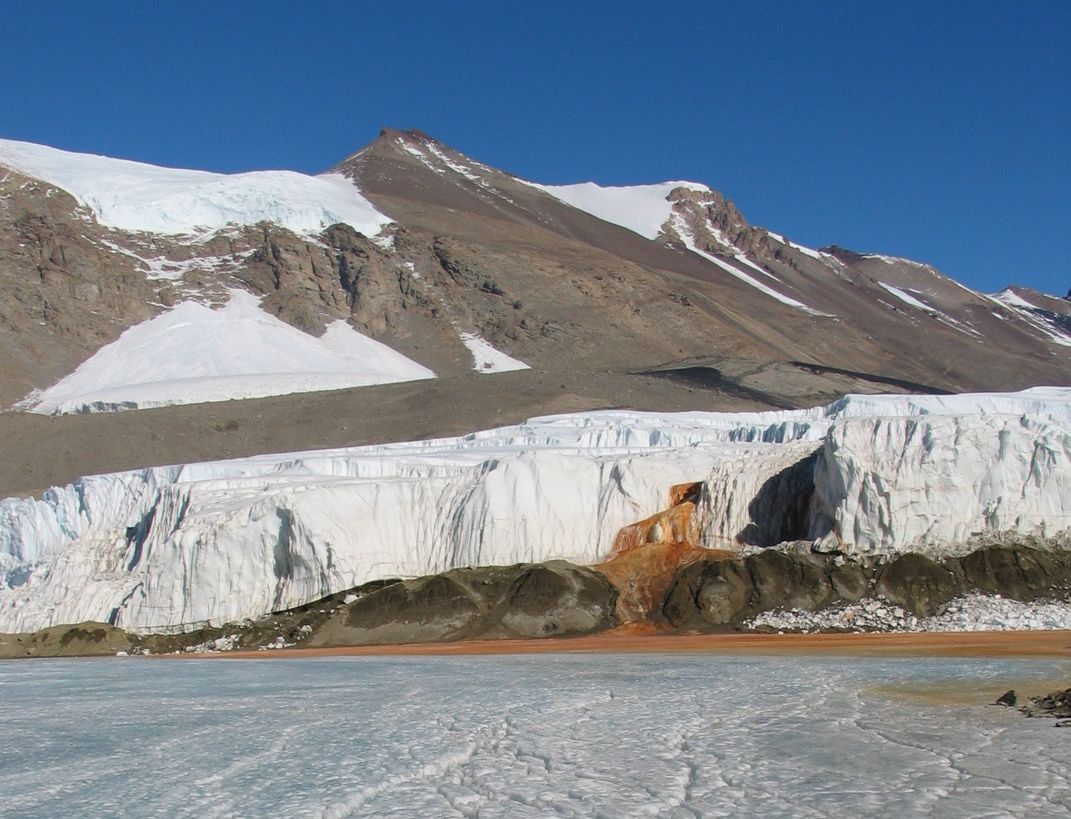
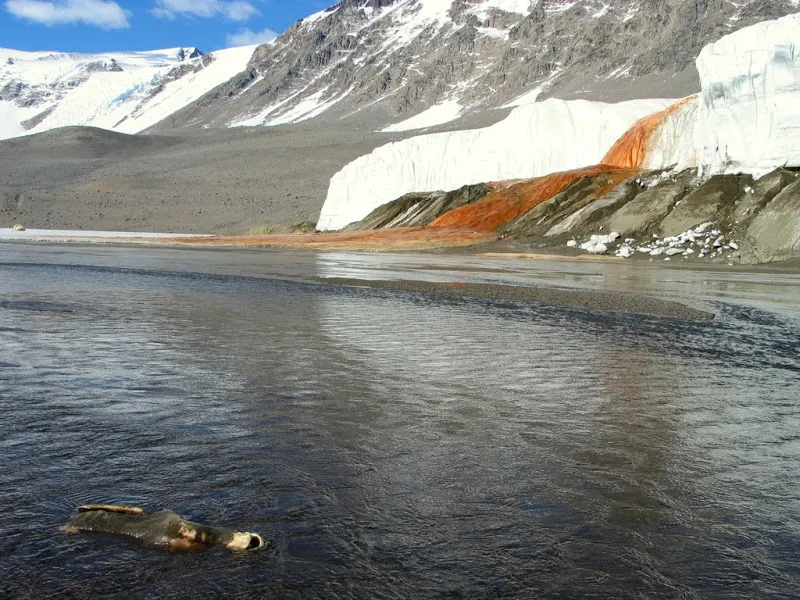
The falls and McMurdo Dry Valley can only be reached by helicopter from nearby Antarctic research stations or cruise ships visiting the Ross Sea.

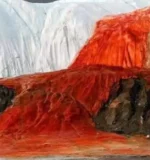
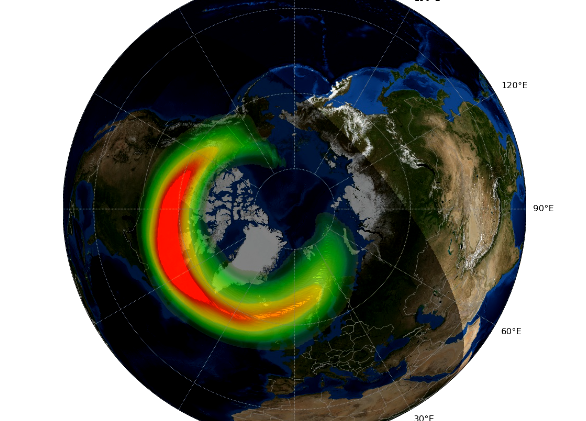
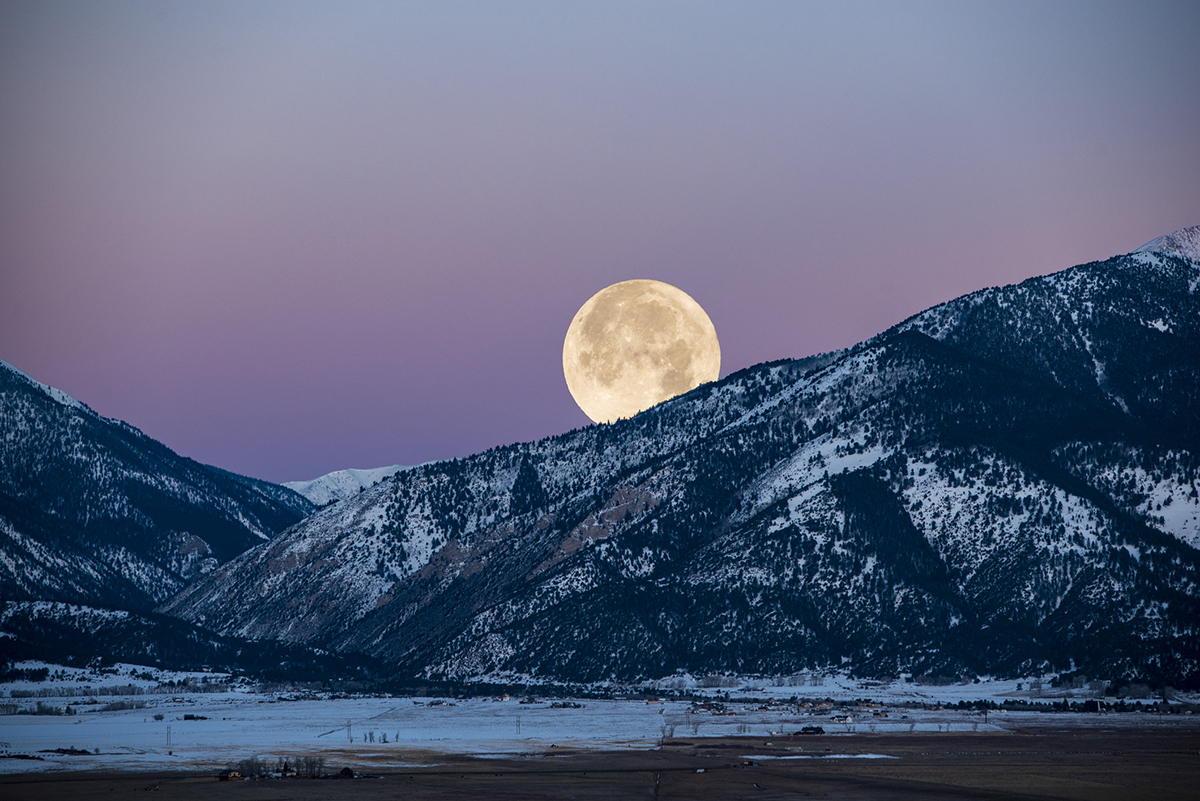
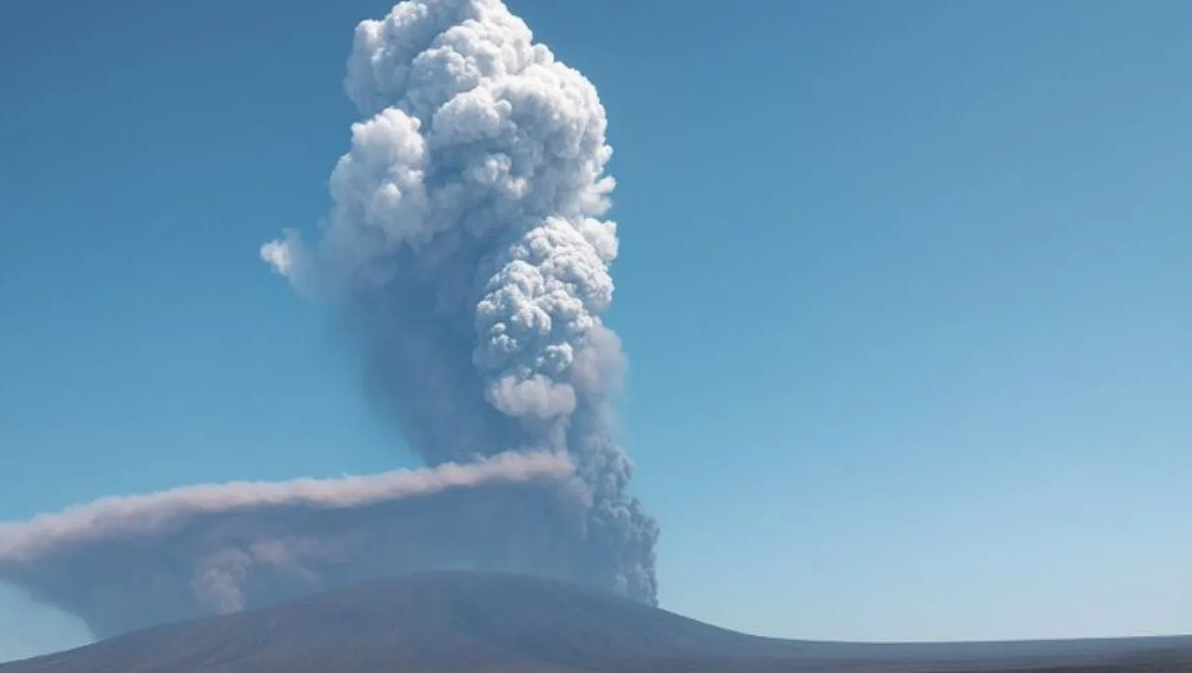
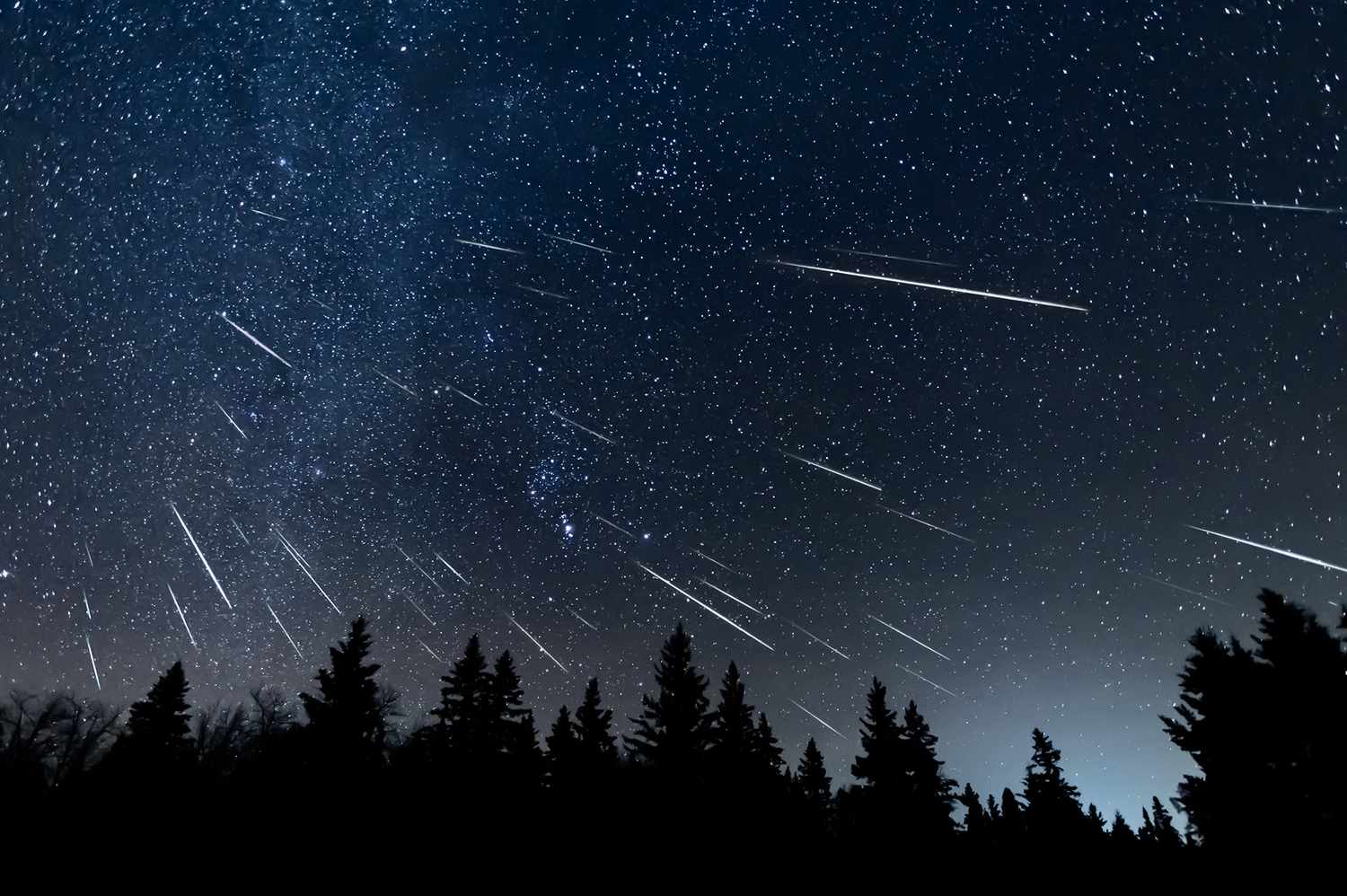
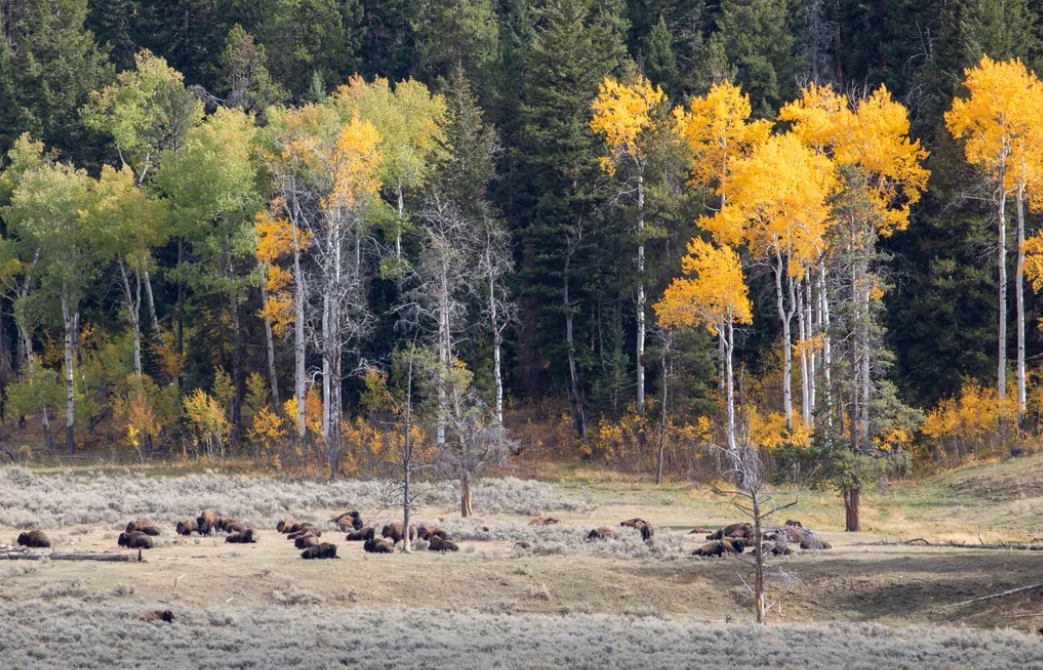

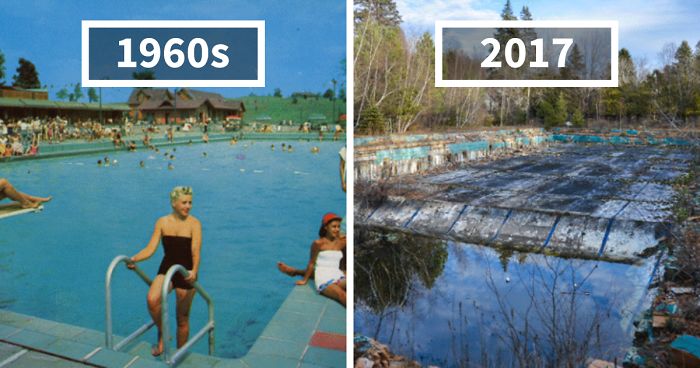 Photographer Finds Locations Of 1960s Postcards To See How They Look Today, And The Difference Is Unbelievable
Photographer Finds Locations Of 1960s Postcards To See How They Look Today, And The Difference Is Unbelievable  Hij zet 3 IKEA kastjes tegen elkaar aan en maakt dit voor zijn vrouw…Wat een gaaf resultaat!!
Hij zet 3 IKEA kastjes tegen elkaar aan en maakt dit voor zijn vrouw…Wat een gaaf resultaat!! 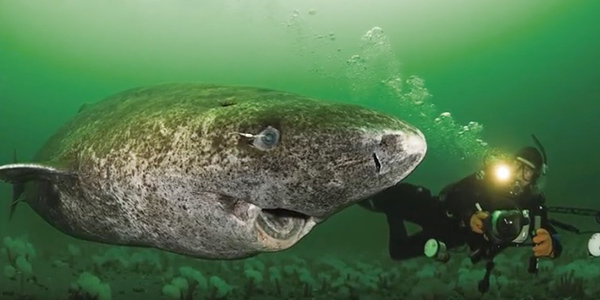 Scientists Discover 512-Year-Old Shark, Which Would Be The Oldest Living Vertebrate On The Planet
Scientists Discover 512-Year-Old Shark, Which Would Be The Oldest Living Vertebrate On The Planet  Hus til salg er kun 22 kvadratmeter – men vent til du ser det indvendigt
Hus til salg er kun 22 kvadratmeter – men vent til du ser det indvendigt  Superknepet – så blir snuskiga ugnsformen som ny igen!
Superknepet – så blir snuskiga ugnsformen som ny igen! 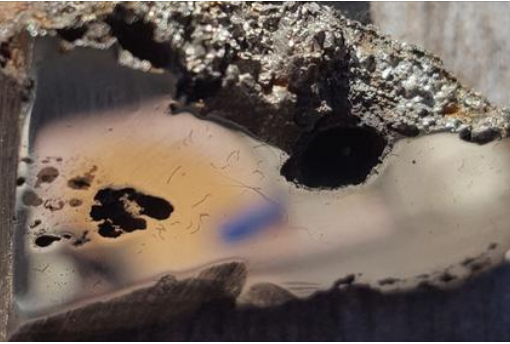 Meteorite That Recently Fell in Somalia Turns Out to Contain Two Minerals Never Before Seen on Earth
Meteorite That Recently Fell in Somalia Turns Out to Contain Two Minerals Never Before Seen on Earth  Nearly Frozen Waves Captured On Camera By Nantucket Photographer
Nearly Frozen Waves Captured On Camera By Nantucket Photographer 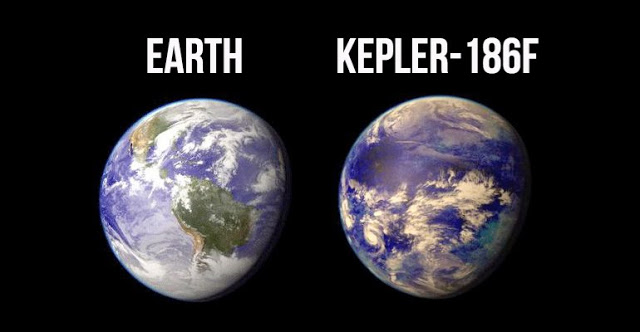 It’s Official: Astronomers Have Discovered another Earth
It’s Official: Astronomers Have Discovered another Earth 